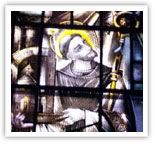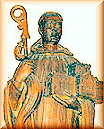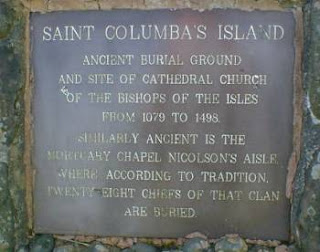 |
| The 50th International Eucharistic Congress opened in Dublin's RDS yesterday |
IEC - Historic day ahead for International Eucharistic Congress
Updated: 08:41, Monday, 11 June 2012
The second day of the 50th International Eucharistic Congress gets underway in Dublin today.
History will be made during today’s proceedings, as the entire day's work and prayers will focus on the challenge of restoring Christian unity.
This is the first time in the Congress Movement's 131 year history that the search for Christian unity will preoccupy the pilgrims for an entire day.
The afternoon’s Liturgy of the Word and Water in the main RDS Arena will celebrate the common baptism of all Christians and their shared debt to the Bible.
It will be presided over by the Church of Ireland Archbishop of Dublin, Dr Michael Jackson, who will be joined on the altar by the President of the Methodist Church here, the Reverend Kenneth Lindsay and the Roman Catholic Bishop of Dallas, Dr Brian Farrell.
It will be only the second time ever, and the first time in a generation, that an ecumenical liturgy will have been celebrated at such a congress.
The initiative comes 50 years after the Second Vatican Council admitted that both sides were to blame for tearing the Church apart during the Reformation almost 500 years ago.
It is 40 years since Ireland removed the special position of the Catholic Church from the Constitution.
- Keywords:
- eucharistic,
- iec 2012,
- catholic,
- christian
- + + +
News from Glencairn Abbey
News from the
Eucharistic Bread Department
06 June 2012
It’s not often we
receive such a huge challenge i.e.to produce 250,000 peoples’ hosts and 100
extra-large hosts for consecration at the 50th International Eucharistic
Congress, due to commence in Dublin on June 6th, the Feast of Corpus Christi.
However, in this,
the sisters of Glencairn sawa unique opportunity for an enclosed community to
contribute in a very practical way to this momentous event. To complete our
undertaking on time, extra help was required from sisters who normally don’t
work in this department but they responded most generously our contract was
completed and dispatched well within our target time.
- Sister
Fiachra



























